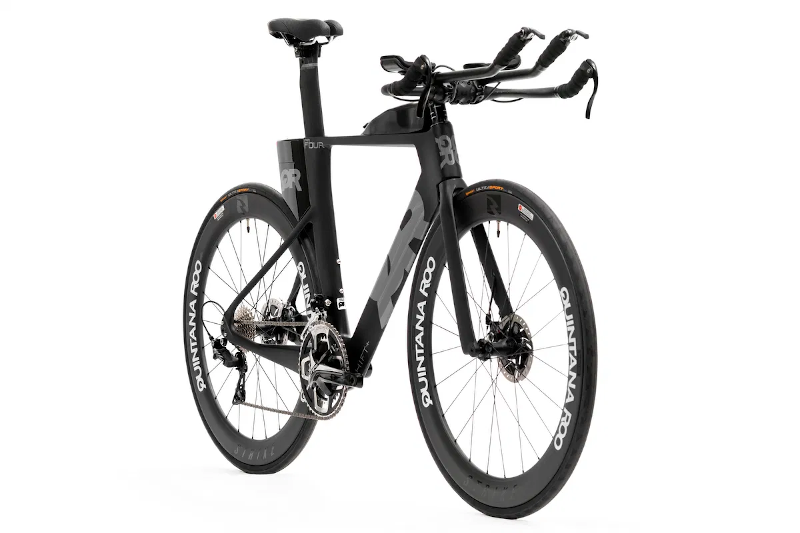
Charles R. Goulding goes on a 3D printing ride with the American Bicycle Group (ABG).
On Christmas EVE 2020 the New York Times selected five companies that have done well during the pandemic. I was glad to see that American Bicycle Group (ABG) of Chattanooga, Tennessee was one of them. ABG had peaked some years ago and, after a rough patch, has begun to rebound again.
The company has been using 3D printing for a long time. Back in 2012, Brian DeVaney, head of product development, talked about how 3D printing had helped the company benefit from rapid product development. The company obtained a $409,000 PPP loan and now has 67 employees, which is 30 more employees than the company had pre-pandemic.
Since the pandemic hit, bicycling has become a very popular recreational activity. Not only can 3D printing help to fulfill demand, but it can also improve the quality of the bicycle itself.

Companies engaged in 3D printing activities and similar developments may be eligible for the Research and Development Tax Credit.
The Research & Development Tax Credit
Whether it’s used for creating and testing prototypes or for final production, 3D printing is a great indicator that R&D Credit eligible activities are taking place. Companies implementing this technology at any point should consider taking advantage of R&D Tax Credits.
Enacted in 1981, the now permanent Federal Research and Development (R&D) Tax Credit allows a credit that typically ranges from 4%-7% of eligible spending for new and improved products and processes. Qualified research must meet the following four criteria:
- Must be technological in nature
- Must be a component of the taxpayer’s business
- Must represent R&D in the experimental sense and generally includes all such costs related to the development or improvement of a product or process
- Must eliminate uncertainty through a process of experimentation that considers one or more alternatives
Eligible costs include US employee wages, cost of supplies consumed in the R&D process, cost of pre-production testing, US contract research expenses, and certain costs associated with developing a patent.
On December 18, 2015, President Obama signed the PATH Act, making the R&D Tax Credit permanent. Since 2016, the R&D credit has been used to offset Alternative Minimum Tax (AMT) for companies with revenue below $50MM and, startup businesses can obtain up to $250,000 per year in payroll tax cash rebates.
Conclusion
The ABG has demonstrated that the use of 3D printing can improve parts as well as business. There is a program that the Biden Administration might be formulating, a made in America opportunity, that ABG should be well-positioned for participating in.
